Last Line Of Defense
Ever since North Korea’s nuclear program and the development of ballistic missiles were exposed, Japan has been eager to create a Missile Defense system to intercept such threats.
This thirty-year effort has paid off, with the establishment of a two-layer defense:
(1) First attempt by Aegis destroyers at sea
(2) Final interception by land-based Patriot Missiles (PAC-3)
As such, the PAC-3 missiles are regarded as literally the last line of defense for Japan, leading to its procurement of more than 48 units.
- General Overview (PAC-3 MSE)
| Mass | 320kg/705lb |
| Length | 5.3m (17.5ft) |
| Diameter | 0.29m (11 inches) |
| Range | 30km/18.6miles |
| Altitude | 20km/12.4miles |
| Price | 5 million USD per missile |
Developed by the US for air defense, the Patriot proved its usefulness in intercepting ballistic missiles during the 1991 Gulf War, and were later viewed by the Japanese government as a critical asset for countering the North Korean missile threat.
Though the Patriots were originally designed for anti-aircraft purposes, the PAC-3s introduced by Japan in 2006 were modified versions capable of destroying ballistic projectiles.
The PAC-3 was placed under the Air-Force (JASDF) rather than the Army, mostly because of JASDF’s historic role in handling airborne threats.
Each unit includes a launcher, multi-function radar, fire-control system, information processing device and a power supply equipment, all of which can be loaded on trucks for rapid deployment.
After deployment, the system can be remotely operated by a minimum of three people, and is able to perform independently in case communications with air defense command are severed.
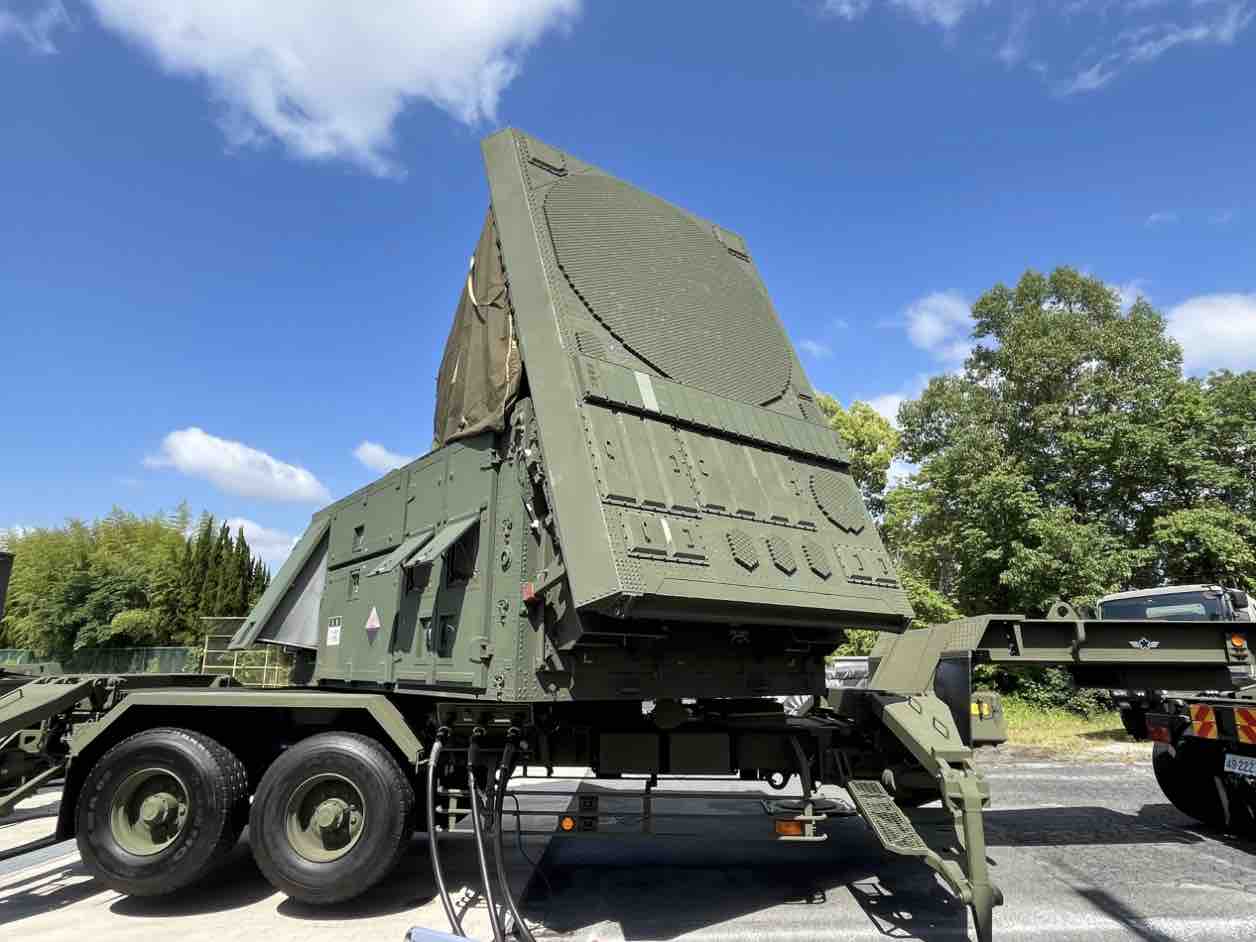 The multi-function radar
The multi-function radar
In the event of actual combat, the unit will fire two PAC-3 missiles towards each target to ensure its certain kill.
Considering the fact that PAC-3s only have a range of 30km/18.6miles, the reaction time against warheads plunging at a speed of several miles per second is limited to less than a minute. So, this double insurance is actually rational to guarantee its effectiveness as the last line of defense.
Upon firing, the missiles are guided by the multi-function radar, later switching to its own active radar to seek and track targets.
Following final adjustments by small motor injections, the PAC-3 is to destroy its airborne target, but while the conventional version “the CRI (Cost Reduction Initiative)” directly collides with the enemy warhead, the newer “MSE (Missile Segment Enhancement)” uses a fragmentation method.

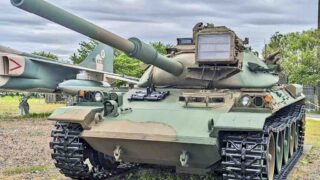
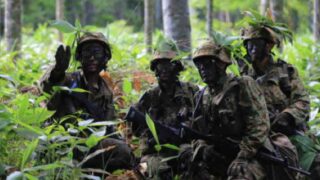
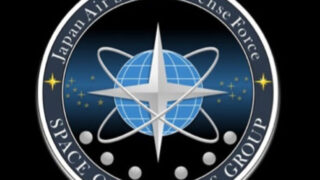
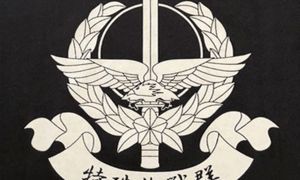
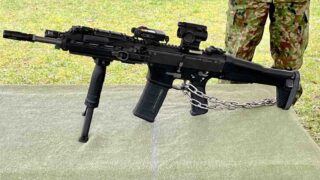
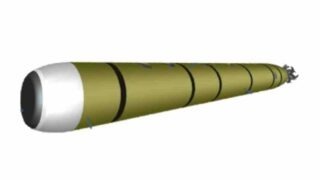
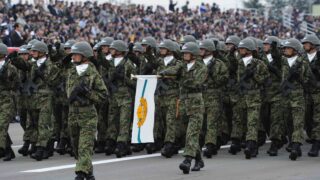
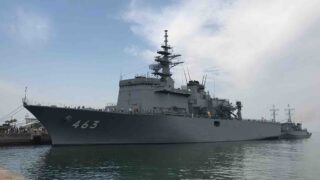
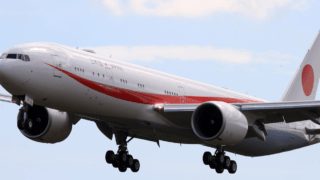
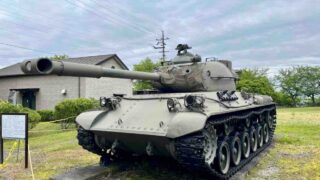
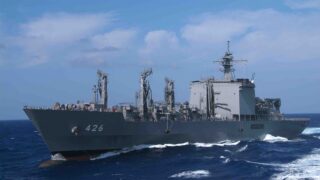
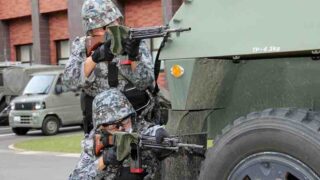
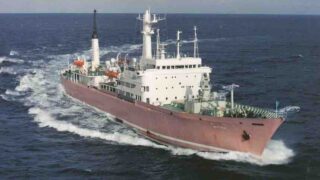
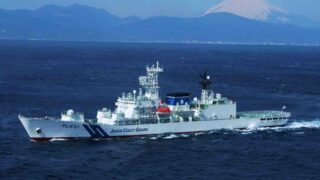
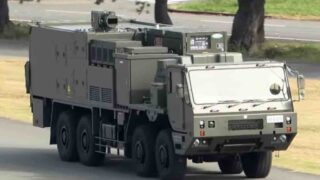
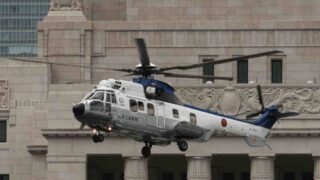
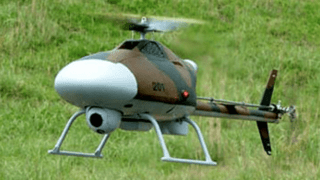
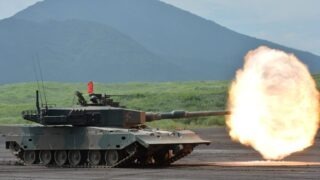
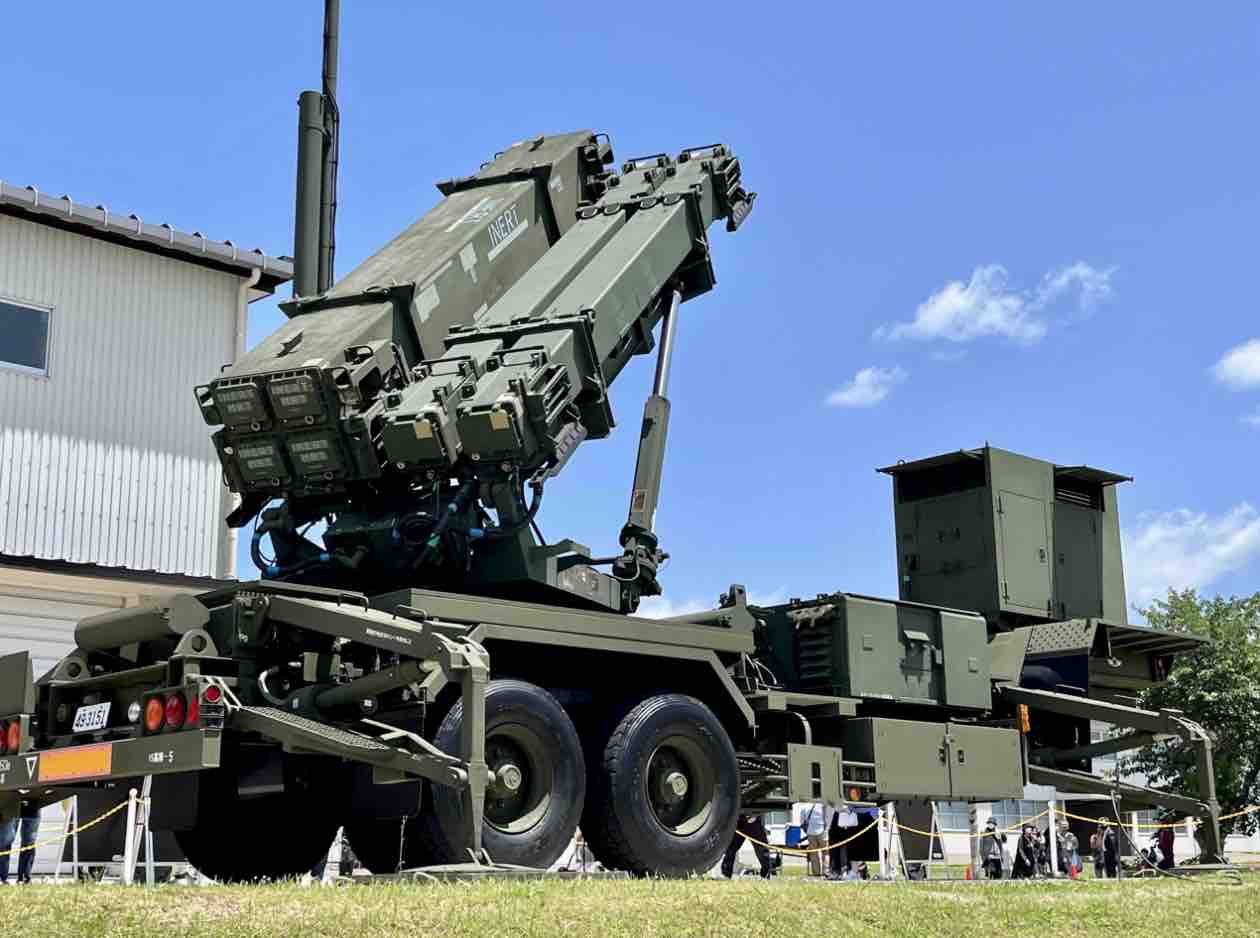
Comments